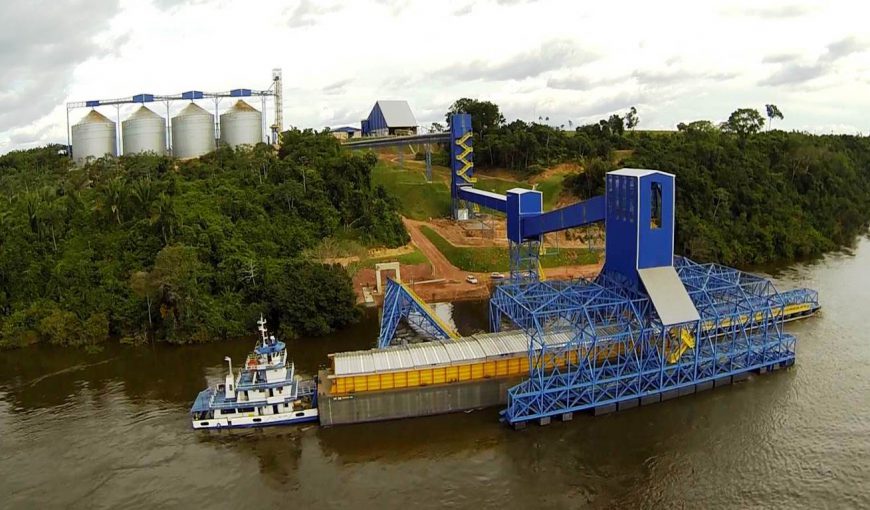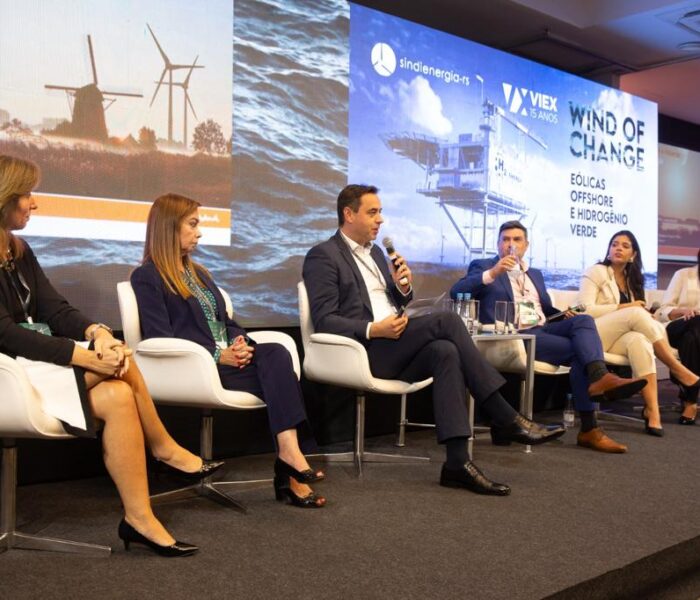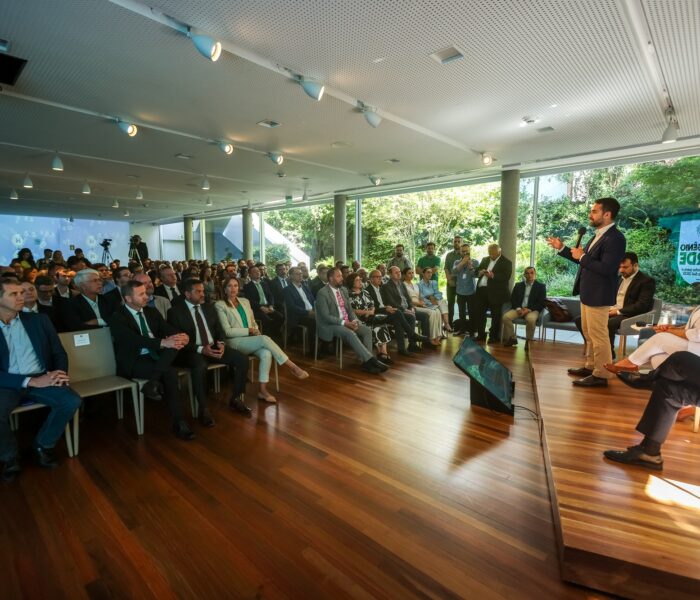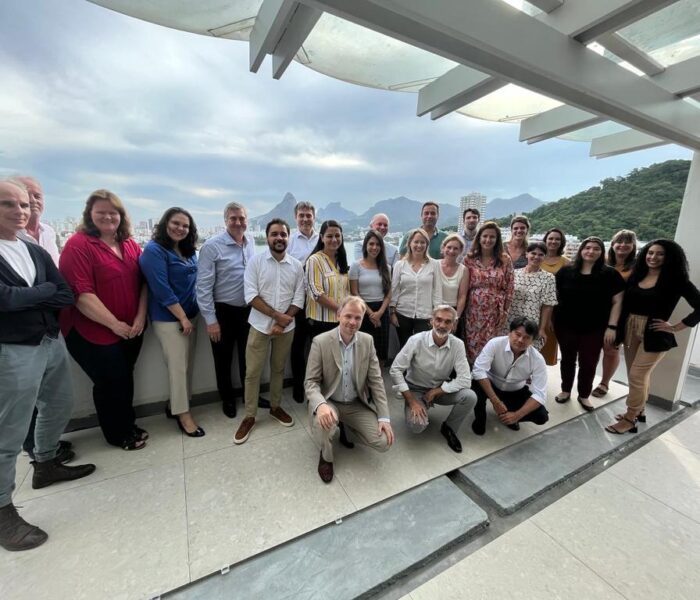Every year Brazil faces a serious dilemma when its grains come to harvest: how to give these crops a flow?
The country is well known for being a top-leading soybean and corn exporter and that is easily explained by the weather conditions in both Northern and Southern states resulting in continuous record crops.
However, the success in farming production encounters a serious gap when it reaches the country’s transportation modals. Brazilian logistics from farmlands to the ports rely mostly on roads (65%) and rail (26%), occasioning the low use of water transport (9%), as stated by the governmental officials in a research recently released.
Due to Brazil’s continental scale, the grain farms are found deep inside the country, far from the main ports by over 2,000 km. In some places, like the state of Mato Grosso, the almost 20 thousand tons of bran, corn and soybeans may take days (or even weeks) to be exported in the Santos port, as a consequence of the country´s main port inability to handle the uphill demand.
Under this scenario, a great number of companies manage their own way to outflow the transportation gap. Especially in the Amazon region, a pool of enterprises have found opportunities building transfer stations, warehouses, port terminals in Miritituba, a small town in the state of Pará that has the Tapajós river as its main source of income.
To decrease the need of crossing the country to reach the Southeastern Santos port, trading companies are managing to set this small Pará town as the new hub for exporting the crops by combined road and water transports. This alternative route takes the grains from Northern Mato Grosso cities of Lucas do Rio Verde and Sinop to be exported in the Santana port, in the northernmost state of Amapá, by barges through the Amazon River until the Atlantic Ocean.
It’s relevant taking into consideration the fact that exporting Brazil’s grain crops using its northernmost port results not only in lowering freight costs but also time spent as it is impressively situated 5,000 kms away from Santos. The investments only in Miritituba terminals is about € 150 million but in the entire waterway project is expected to exceed the half million euros.
Opportunities
In the state of Amapá, the expectation is to start exporting the grains from Mato Grosso already in 2015 with the available infrastructure. However, there is a high demand for warehouses to maintain this prospect. In return, state officials affirm that the outbound barges will not be empty on the way back to Mato Grosso; imported raw materials are expected to increase with the new logistical investments.
Governmental tenders are set to establish the northern states of the country as the new Eldorado for opportunities, especially in logistics, as President Rousseff has recently unfolded a comprehensive plan on the segment to boost Brazil’s sluggish economy and uncertainty political scenario.
Projects of new leases in ports are divided into two sets. The first set includes €1,2 billion investment in 20 terminals located in the state of Pará. Among the construction and expansion to be carried out, is the grains terminal in Vila do Condé, a trending port close to Pará’s capital city of Belém that has increased its exported soybeans by 116% in the last year (1,6 million tons)¹. Vila do Condé port has planned investments of over €131 million for the next 25 years, then, it will have capacity to handle 5.2 million tons of cargo.
In the second set of governmental leases investments are foreseen to range at about €2 billion in partnerships with the private sector in 21 terminals around the country, including Paranaguá in the state of Paraná, Itaqui in the state of Maranhão, Santana in the state of Amapá and Manaus in the state of Amazonas.
Cargo handling and lowest fare are examples of criteria demanded for these logistical projects in the country, as efficiency is the key factor for these competitive tenders.
Sources:
1. In the first semester of 2015, compared to the same period in the previous year. www.valor.com.br/agro/4162500/crescem-embarques-de-soja-em-itaqui-e-barcarena
*Entraves logísticos ao escoamento de soja e milho. – Brasília: CNT, 2015. [www.cnt.org.br/Paginas/Pesquisas_Detalhes.aspx]











